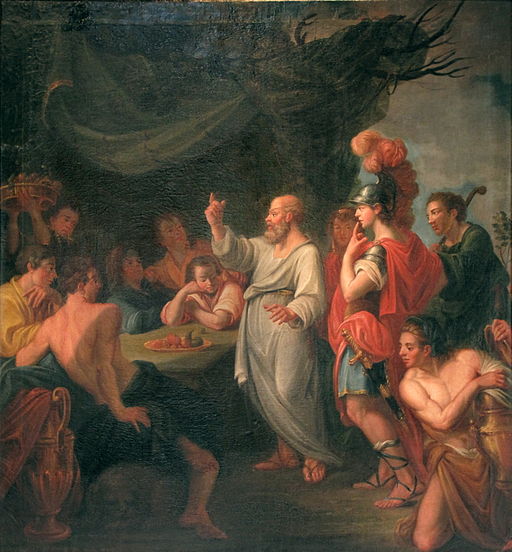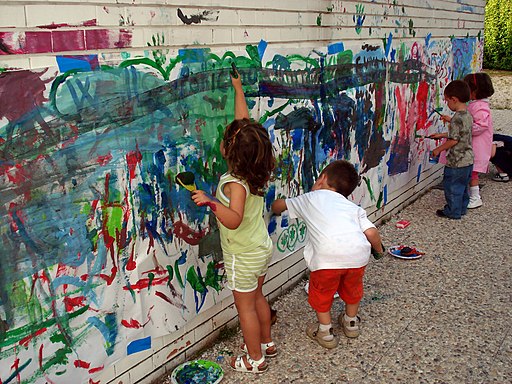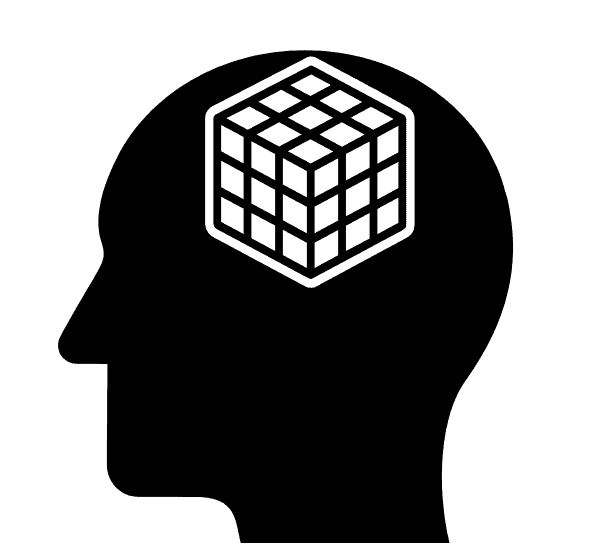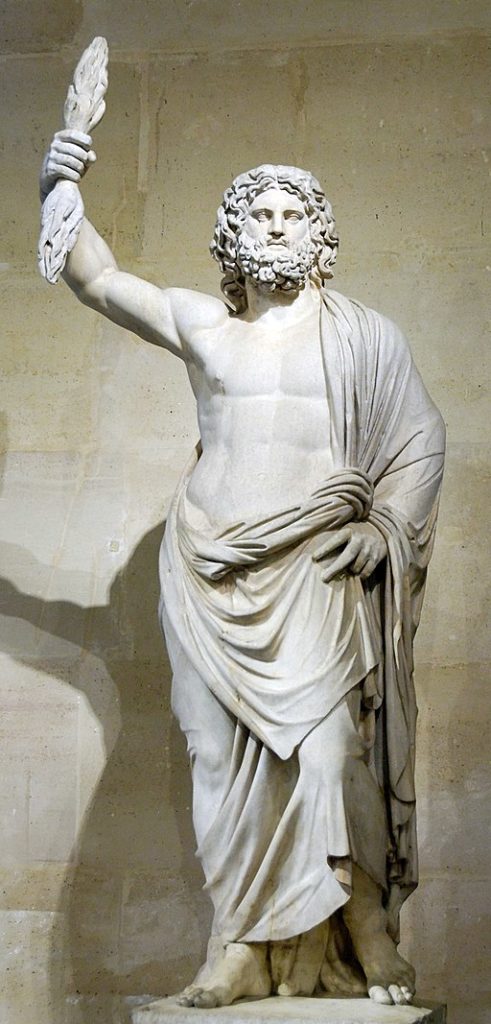Two Methods of Learning
The other night I woke at 3 AM, turned on PBS, and watched a program on creativity. It was a good program, but it didn’t discuss what creativity was—just how creativity shows itself, how to use it, how it’s more than just a means to enhance traditional math and English skills. Its theme was creativity is important in its own right.
The program had a not-so-hidden agenda—to encourage schools to continue to support arts (which the program used as a surrogate for creativity). Under tight budget pressure, school districts have trimmed their arts programs. The school’s primary goal was academic, not artistic development.
This little essay takes the creativity program as a launching point for discussing the two methods of learning explicit data an academic setting. Implicit learning, like developing one’s physical skills, is not included here.
Academics and Arts in School
Academic learning and creativity proceed by different mechanisms, but they complement each other rather than have a standalone perfection. There is creativity in math proofs, scientific hypothesis and explanations of historical events. Just as there is the need for memorization of creation landmarks in the artistic world.
Nonetheless, the two learning modes proceed by separate paths which are worth noting. Academic studies are word-oriented and use first principles to organized results into logical collections of facts. Students are rewarded for memorization and often are discouraged from adding their own theories, at least until they get to college.
In creative fields such as painting, dance, and even story writing, training relies on the study of historical examples which the student attempts to replicate in their own creations. Although the teacher may attempt to describe the reason that the example is held as a model to aspire to, the example itself is the final arbiter of the creative field’s guideline. Words cannot always capture what makes a picture great, a story memorable, a building monumental, nor a ballet movement striking.

In K-12 school, the main teaching method is geared to the academic subjects. The teacher presents facts in an organized fashion. The student memorizes them.

Art and creative subjects have a different paradigm. The teacher guides the students by examining superior artistic creations, leading them to their individual wells of creativity. In both methods, the student is learning. In the first, the facts are assembled in a meaningful pattern by books, the school, and the teacher. In the second, the student creates an idiosyncratic work. In the first, the intent is to learn and share a common knowledge base. In the second, the student develops an individual method of artistic expression.
Impact on Education
When students are exclusively taught subjects in an academic style, their powers of rational, deductive thought are amplified. At the same time, their creative and inductive powers weaken through disuse.
With the immense complexity of our daily world, we cannot know all the facts we need to draw logical conclusions. We must intelligently guess (that is, creatively, inductively) the premises which then underlie our deductions.
Students need to be trained to use their inductive reasoning as they are trained in deductive reasoning. That happens when they experience inductive reasoning in action in their various subjects. For instance, science is not all deductive. The selection of hypothesis is an inductive process.
Rules versus Examples
It is important to note this distinction: academic learning requires learning rules that constrain interpretations of facts, but artistic expression thrives when the fewest rules possible constrain the student’s creative effort. In fact, artistic students often have to be told to let their imaginations go wild. The final result is best when students find their own rules that meets their own artistic needs.
What cross-learning takes place? In academic settings, students need to discover how to let some of the rules (interpretations) go … and then see if new interpretations give better meaning to the facts.
In art, music, creative writing, students need to realize that some rules are necessary for the creation of beauty, but those rules are up to each one of us to weigh. There is no absolute right or wrong in aesthetics.
In art, students are often told that there are no mistakes. A somewhat similar statement in science is we only learn from our failures. It’s not a mistake for a creation to fail to be beautiful. It is a learning experience. It’s not a failure for a theory to be proven wrong. It is a learning experience.
Problem-Solving
One significant purpose of learning is to help us with problem-solving. Academic schooling does this by ensuring students have many facts and ideas at their fingertips. Creativity helps us shuffle the elements of the problem until a stable and workable pattern that you can work with emerges. Both academic and creative modes of thinking are necessary.
Immediate versus Long-Term
An important aspect of problem-solving is one’s individualistic tendency to search for either immediate satisfaction or long-term goals. The academic method rewards students more for goals that aren’t satisfied in one class, maybe not even in one semester. Its tools often require waiting for gratification. Creativity often rewards students with immediate satisfaction.
Lateralization Favors Learning Differences
These two last assertions may seem ad hoc and not sufficiently established, so here is some background on how these two methods differ. The idea of right-left brain differences is well established, although it is possible to overstate the differences by neglecting, in a normal functioning brain, that the two hemispheres work closely with each other, sharing information. They are not diametrically opposed. They work in a complementary fashion. This quick summary explains:
The dominant hemisphere (usually the left) supports speech. It’s verbal. It’s logical. It’s rational, able to see possibilities and derive conclusions, and is aware of time. It works slowly through the manifold possibilities current facts present to it. This is the portion of the brain that is trained, rewarded, and encouraged by the academic method. Logical planning allows us to make decisions not just on the current conditions, but on potential future conditions set up by our current decisions. It naturally supports delayed gratification.
The non-dominant hemisphere (usually the right) sees patterns in external reality. It compares patterns now with patterns it’s seen before, en masse. That is, not logically, not piece by piece, but more like 95 of 100 facial features match, I recognize my friend. It categorizes. It is in the moment, always. It has no internal clock, ticking away time. This is the portion of the brain that is trained, rewarded, and encouraged by the artistic method. Things are always in the present to the right brain, the intuitive brain. Of course, the right brain is setup to seek immediate gratification.
One final point before closing. Have you ever noticed academic teachers fall into two camps, one large and one small?
Teaching Styles
Those in the largest group teach in an axiomatic progression. You must learn some base facts, then some fundamental conclusions, and finally more advanced conclusions. This plays to the strength of the left, the logical and verbal brain.
The much smaller group teach in a gestalt fashion. They present examples of advanced conclusions. They talk about them, ask you to describe the examples in your own words. When asked by students to explain the advanced conclusions, they can only repeat what they have already said and give additional examples. Those teachers work with the discovery assumption—that after sufficient examples of a concept the mind will recognize the salient points. This plays to the strength of the right, the intuitive, pattern-matching brain, which explains why this teacher group is much smaller. Their method is contrary to the overall word orientation of academic education.
Summarizing, typical humans can learn in two ways—verbal and academic as well as pattern-matching and creative. Our current educational system is heavily weighted to verbal and academic.
Synthesize Facts and Creativity
Civilizations always face problems. We need to do in society what the brain does internally—shuttle creative ideas and logical results between the hemispheres. We need to ensure that we meld academic conclusions with creative hypotheses. That requires us to ensure both methods are encouraged in schools.
Other posts related to this post
Lateralization in the Brain Thought is the summary of deduction and induction, not just one or the other.
Citations
Painting of Socrates Teaching Pericles by Nicolas Guibal / CC BY-SA 2.0 FR (https://creativecommons.org/licenses/by-sa/2.0/fr/deed.en)
Young students painting on a wall. Anonymous, public domain, Wikimedia Commons



Schools could benefit immensely by relating these ideas on creativity and learning styles to their students. When I was in high school most students didn’t see the relevance of the information teachers were shoveling into our heads, many of us saw it as a waste of time created to keep us out of adults’ hair. And I cannot fault that assumption, it was rare for a teacher to step back and explain their teaching style or the inner purpose of the things we learned. Why should a student care about calculus if they plan on going on to be visual designer? Or contrastingly why would an aspiring engineer care to learn about painting? If only the long term benefits of learning problem solving techniques and the creative exercise of both the academics and arts taught in school were explained I feel that many students would have spent more focus on their studies. This was an enlightening article.
I’m glad the article resonated with you, Aspen. A related article on education goals K-12 may interest you.